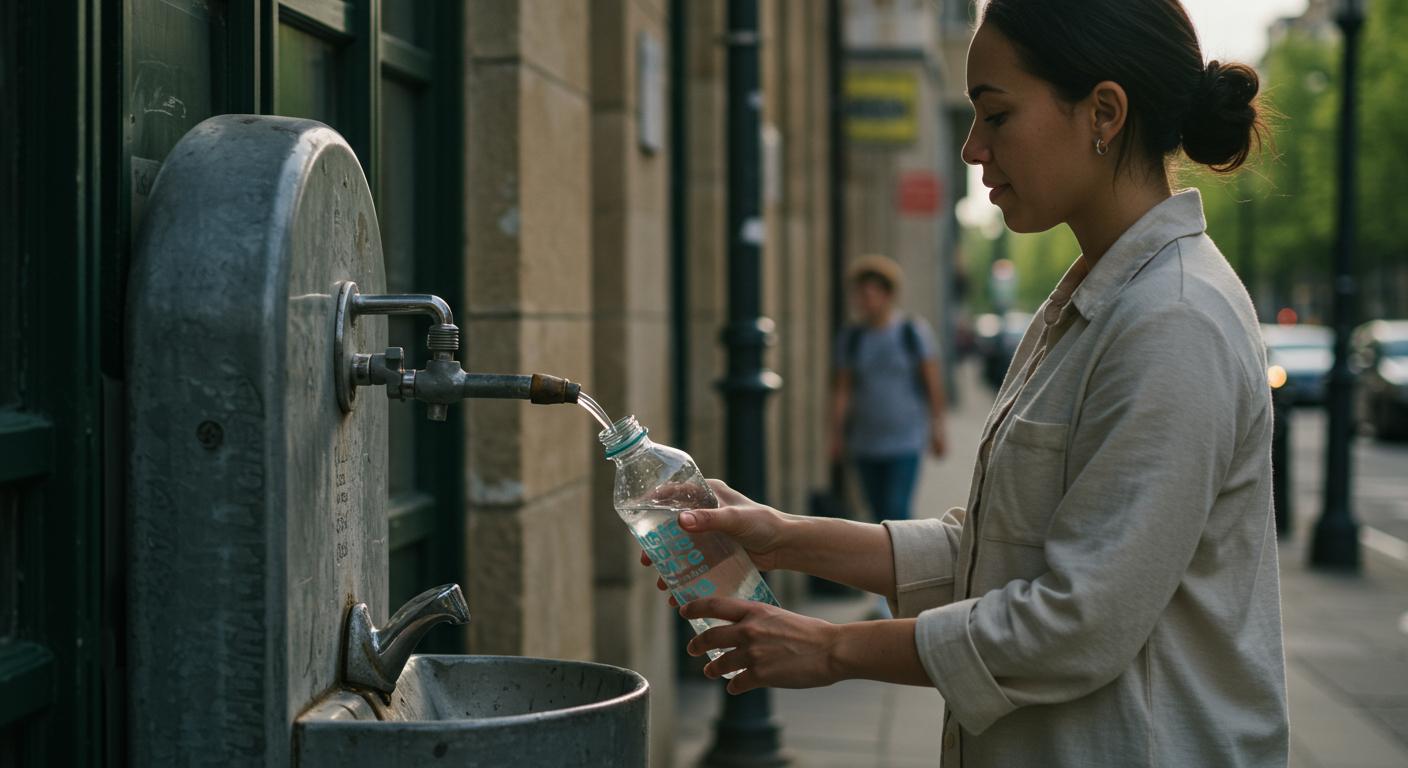Are you eager to embrace a greener lifestyle but worried about the cost? You're not alone! Many people believe that going green means spending a fortune, but it doesn't have to. This guide is designed for sustainability beginners like you, showing you how to make eco-friendly choices that are kind to both your wallet and the planet. We'll explore practical strategies, easy DIY solutions, and affordable product alternatives to help you live sustainably without overspending. Get ready to transform your home and habits without breaking the bank!

Why Embracing Budget-Friendly Sustainable Living Matters
In a world increasingly focused on environmental responsibility, it's easy to feel overwhelmed by the perceived costs of sustainable living. However, embracing budget-friendly practices can actually save you money while reducing your environmental footprint. Think about it: reducing waste means buying less, conserving energy lowers your utility bills, and making your own products often costs a fraction of store-bought alternatives. By making conscious choices, you can create a positive impact on the planet and your personal finances.
Essential Steps to Get Started
- Reduce, Reuse, Recycle: This is the foundation of sustainable living. Start by reducing your consumption – ask yourself if you really need a new item before buying it. Reuse items whenever possible, like using reusable shopping bags and water bottles. And of course, recycle everything you can, following your local guidelines.
- DIY Cleaning and Personal Care: Making your own cleaning products and personal care items can save you significant money. For example, a simple DIY all-purpose cleaner can be made with vinegar, water, and essential oils, costing a fraction of commercial cleaners. You can find numerous recipes online for everything from laundry detergent to toothpaste.
- Energy Conservation: Simple steps like switching to LED light bulbs, turning off lights when leaving a room, and unplugging electronics when not in use can make a big difference in your energy consumption and lower your electricity bill.
- Water Conservation: Fix leaky faucets, take shorter showers, and consider installing a low-flow showerhead to reduce water usage. You can also collect rainwater for your garden.
- Meal Planning and Reducing Food Waste: Plan your meals for the week, make a shopping list, and only buy what you need. Store food properly to extend its life. Use leftovers creatively and compost food scraps. These practices significantly reduce food waste, saving you money and reducing methane emissions.
Common Beginner Questions Answered
- Is sustainable living expensive? Not necessarily! Many sustainable practices actually save you money in the long run, and there are plenty of affordable options available.
- Where can I find affordable eco-friendly products? Look for sales, discounts, and consider buying second-hand items. Online marketplaces, local thrift stores, and community swaps can offer great deals.
- How do I start reducing waste if I'm on a tight budget? Start with small, manageable changes. Focus on reducing consumption, reusing items, and making simple DIY swaps. These small steps accumulate and lead to significant impact.
Tips for Success
- Start Small: Don't try to overhaul your entire lifestyle overnight. Choose one or two changes to implement each week or month.
- Track Your Progress: Keep a record of your energy and water usage, and track your spending to see how your sustainable habits are impacting your budget.
- Find a Community: Connect with other eco-conscious individuals online or in your community for support, tips, and inspiration.
- Embrace Imperfection: It's okay to make mistakes! The goal is progress, not perfection.
Understanding Your Impact
Every choice you make has an environmental impact. By adopting sustainable habits, you reduce your carbon footprint, conserve natural resources, and contribute to a healthier planet. For example, switching to LED light bulbs can reduce your energy consumption by up to 75%, significantly decreasing your carbon emissions and saving you money.
Finding Eco-Friendly Alternatives
There are often several eco-friendly alternatives to traditional products. For example, instead of buying plastic wrap, use Stasher Bags for food storage. Instead of disposable coffee cups, bring your own reusable coffee cup. When choosing cleaning products, opt for refillable options or make your own with simple ingredients. These choices help you reduce waste and support sustainable businesses. [[COMMERCIAL_1]]
Quick & Easy Sustainable Swaps
- Reusable Shopping Bags: Carry reusable shopping bags to avoid using plastic bags at the grocery store.
- Reusable Water Bottle: Bring your own reusable water bottle instead of buying plastic bottles. A Hydro Flask is a great option.
- DIY Cleaning Products: Make your own all-purpose cleaner using vinegar, water, and essential oils.
- Reusable Coffee Cup: Bring your own reusable coffee cup when you buy coffee.
- Eco-Friendly Laundry Detergent: Look for brands that offer concentrated formulas in cardboard packaging.
Next Steps in Your Green Journey
Once you've implemented these budget-friendly sustainable practices, consider taking your commitment further. Explore more advanced techniques like composting, growing your own food, and supporting local, sustainable businesses. Remember, every step counts, and even small changes can make a big difference.